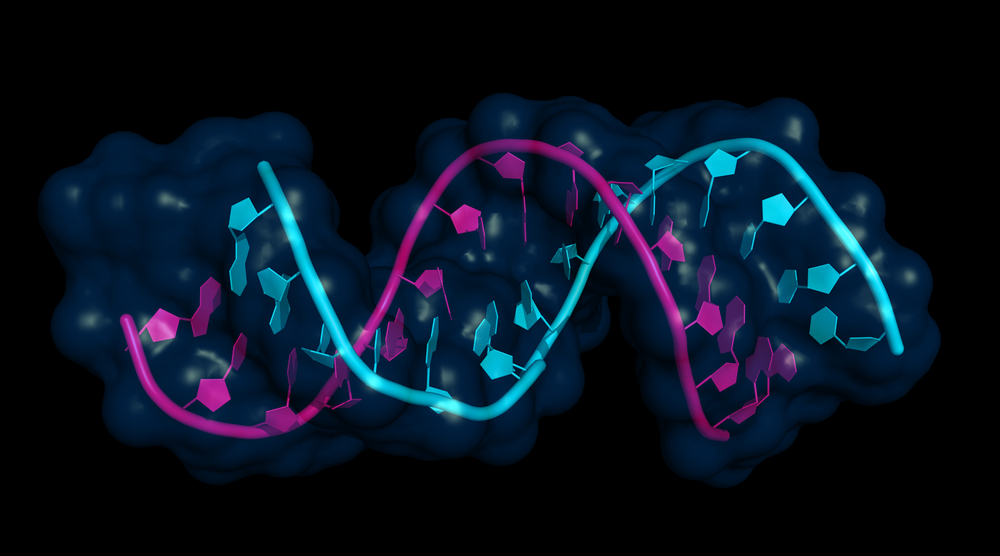Huntington’s Gene-inducing Damage Might Have a Control Mechanism

Texas Tech University Health Sciences Center (TTUHSC) researchers have identified a molecule — mitochondrial division inhibitor 1 (Mdivi1) — believed to hold promise as a potential treatment for Huntington’s disease. Mitochondria are specialized organelles in a cell responsible for creating the energy needed by the body to sustain life.
An estimated 30,000 Americans have Huntington’s disease (HD), but another 200,000 are at risk of falling victim, because every child of a parent with HD has a 50 percent chance of inheriting the disease. Huntington’s, marked by the progressive destruction of striatal neurons in the brain, affects cognitive processes and memory, and its symptoms include uncontrolled, rapid and jerky movements called chorea (HD used to be known as “Huntington’s chorea”), and athetosis — a condition characterized by relatively slow involuntary movements.
Dr. P. Hemachandra Reddy, PhD, executive director and chief scientific officer of the TTUHSC Garrison Institute on Aging and School of Medicine and a professor in the departments of Cell Biology & Biochemistry,Neuroscience/Pharmacology and Neurology, and Maria Manczak, PhD, senior research associate at the Garrison Institute, led the research study, titled “Mitochondrial division inhibitor 1 protects against mutant huntingtin-induced abnormal mitochondrial dynamics, synaptic dysfunction and neuronal damage in Huntington’s disease” (Hum. Mol. Genet. (2015) 24 (25): 7308-7325. doi: 10.1093/hmg/ddv429) and published in the journal Human Molecular Genetics.
Drs. Reddy and Manczak said its objective was to determine the protective effects of Mdivi1 in striatal neurons that stably express mutant huntingtin (Htt; STHDhQ111/Q111) and wild-type (WT) Htt (STHDhQ7/Q7), using gene expression analysis, biochemical methods, transmission electron microscopy (TEM), and confocal microscopy methods. They report that electron microscopy of the mutant Htt neurons revealed a significantly increased number of mitochondria, indicating that mutant Htt fragments mitochondria. Biochemical analysis also revealed defective mitochondrial functioning.
According to the research, mitochondrial division inhibitor 1 is capable of reducing excessive mitochondrial fragmentation induced by mutant huntingtin ( a protein that expresses expanded polyglutamine repeats in cells of patients with Huntington’s disease), while maintaining mitochondrial function and improving synaptic activity in Huntington’s disease neurons.
“When the mitochondria are compromised in neurons from brain disease such as Huntington’s, injury and even death to the cell occurs,” Dr. Reddy said in a TTUHSC release. “Mitochondrial damage and synaptic dysfunction are the prominent features in neurons from patients with Huntington’s disease. These findings suggest that mitochondrial division inhibitor 1 will improve mitochondrial function and protect against synaptic damage in Huntington’s disease. This may be a promising molecule for treatment for the Huntington’s disease patient.”
It is also suggested that this study’s findings may have therapeutic implications for all brain diseases in which expanded polyglutamine repeats as genetic mutations.
“Dr. Reddy’s study findings are exciting and give hope to families struggling with Huntington’s disease,” says Michael Conn, PhD, senior vice president for Research and TTUHSC associate provost.
The article also discussed therapeutic strategies that might decrease mitochondrial fragmentation and neuronal damage in Huntington’s disease.
Huntington’s disease is currently incurable, and patients require full-time care at the disease’s end stages. Several pharmaceutical and non-drug treatments can relieve some HD symptoms, but have only limited efficacy in improving quality of life.
Sources:
Texas Tech University Health Sciences Center
Human Molecular Genetics
Huntington’s Disease Foundation






